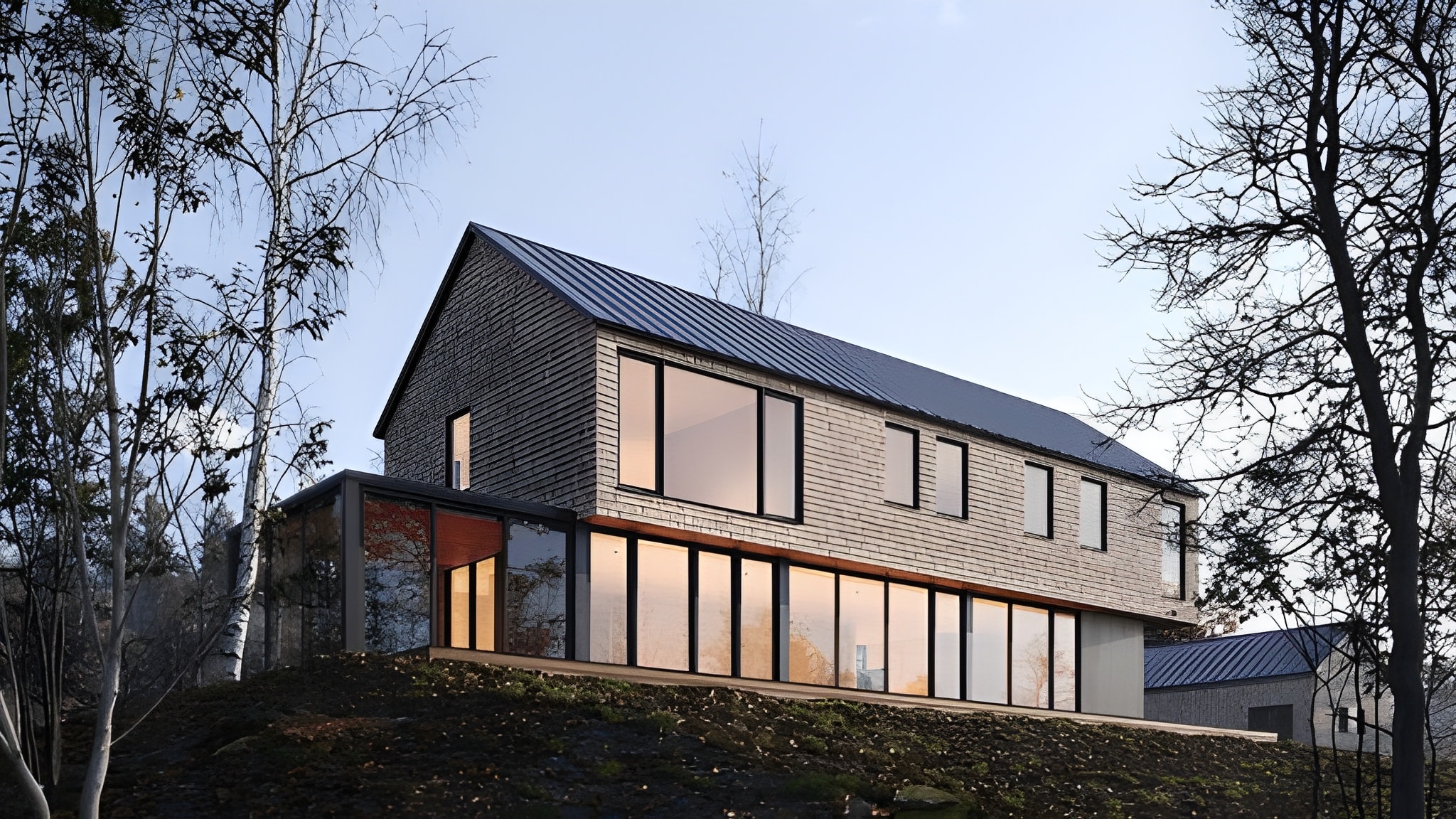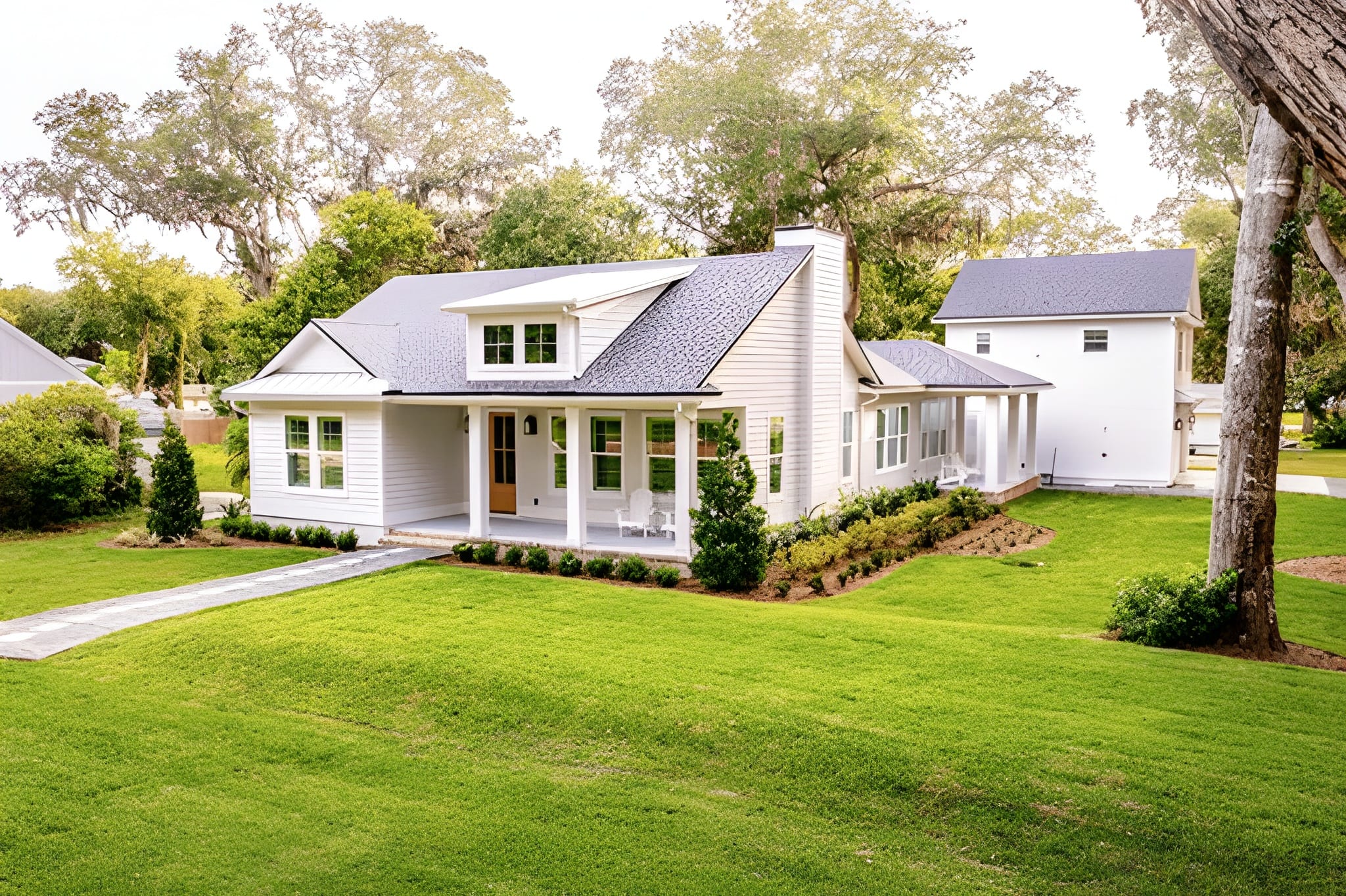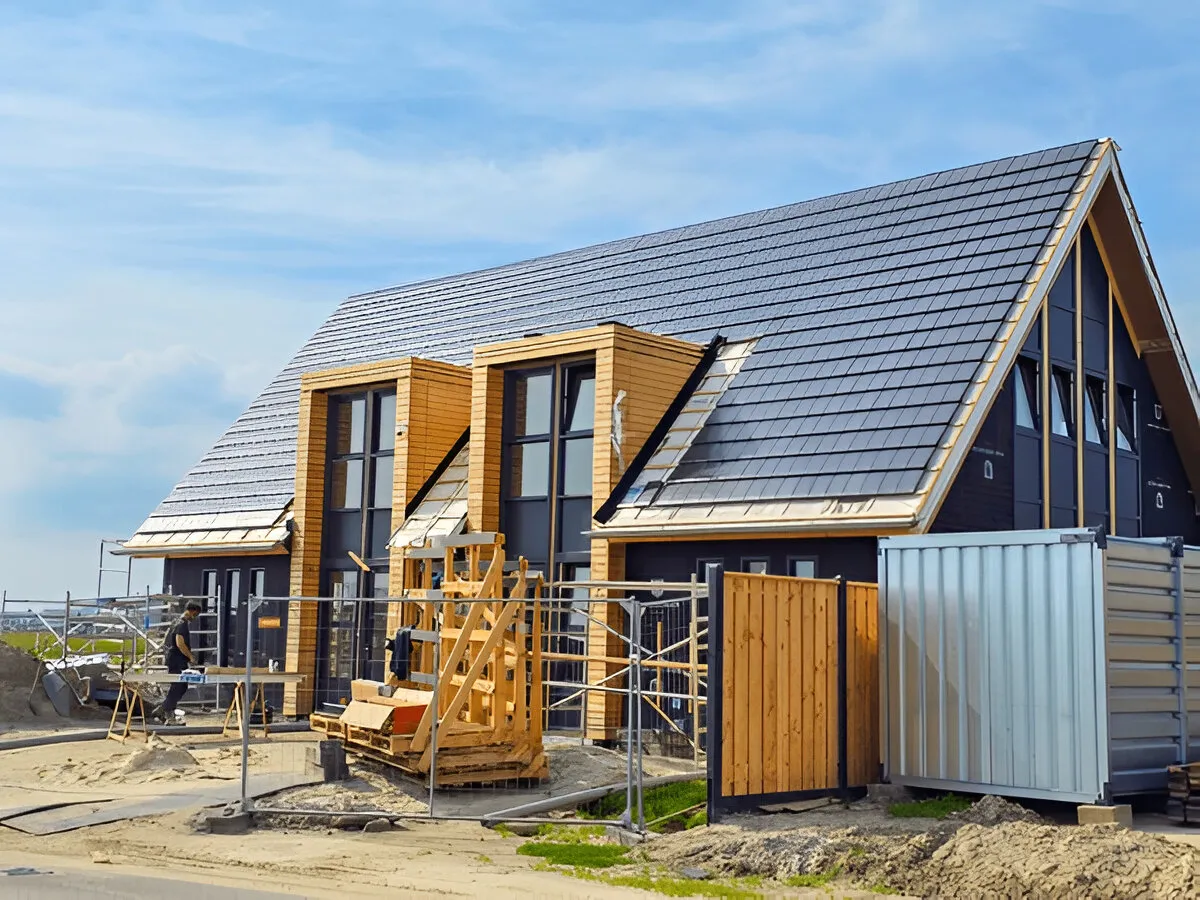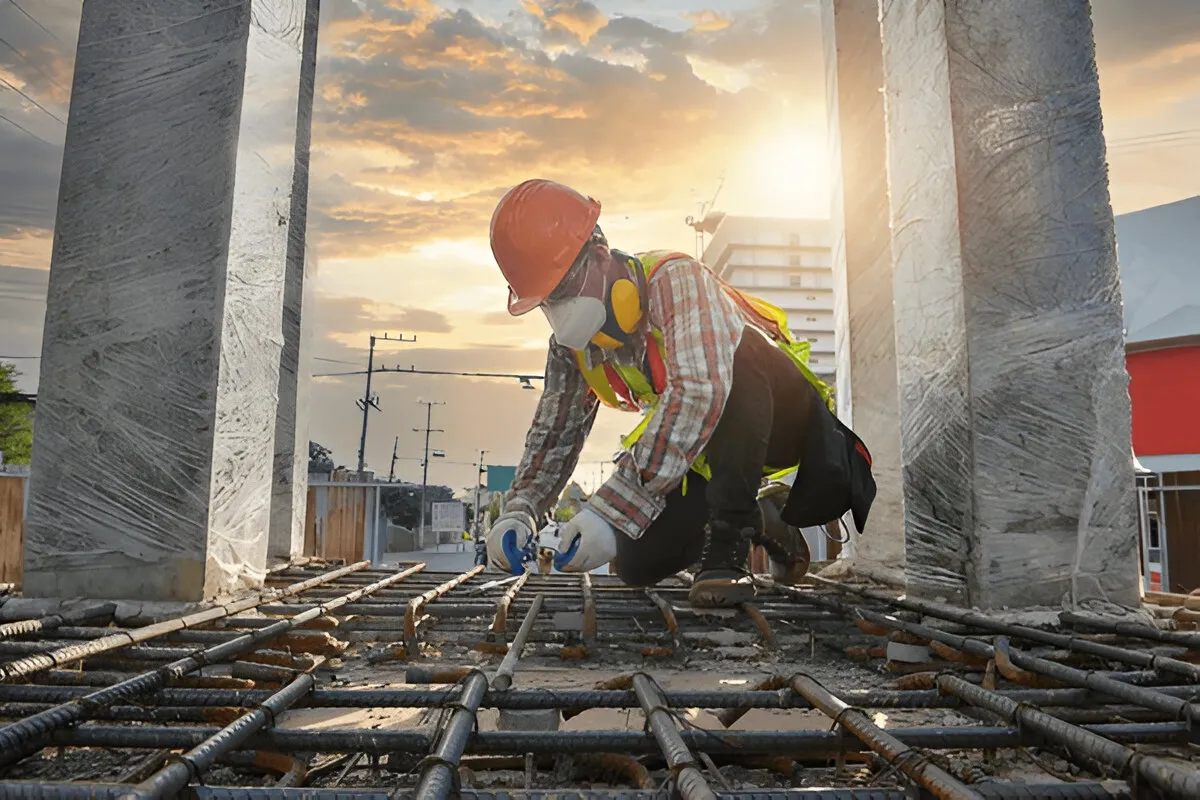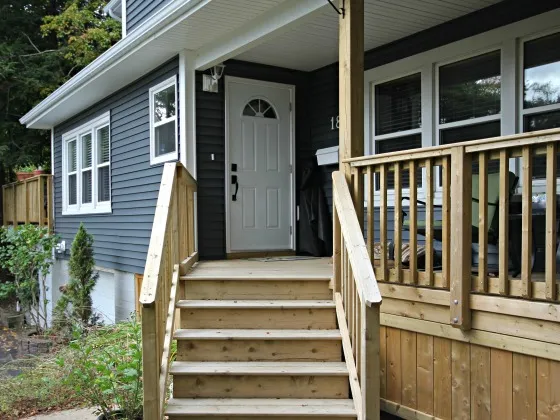If you’re thinking about remodelling your kitchen, the cost and maintenance involved are probably high on your list of priorities. Finding the right things that offer the best value in both of these areas can seem tricky, but there are ways to ensure you’re getting the best of both worlds.
It’s also worth thinking about your personal lifestyle and the way you tend to use your kitchen to help you to narrow down your priorities and get the best design for your needs. If you’re not much of a cook, you probably don’t need to worry too much about getting a top of the range oven, or if you have young children, you may want to consider materials that are easier to clean or less likely to stain. Whether you’re starting from scratch and need a full kitchen design, or if you’re starting to think about replacing your existing kitchen more gradually, there’s a lot to consider before you begin the process.
Units and countertops
The first thing you’ll want to think about is your kitchen units and worktops. Whilst black or white units might look sleek and stylish, they’re also the hardest to keep clean and maintain, so opting for cream, beige, or coloured units can be a better choice if you lead a busy lifestyle and struggle to stay on top of daily cleaning routines.
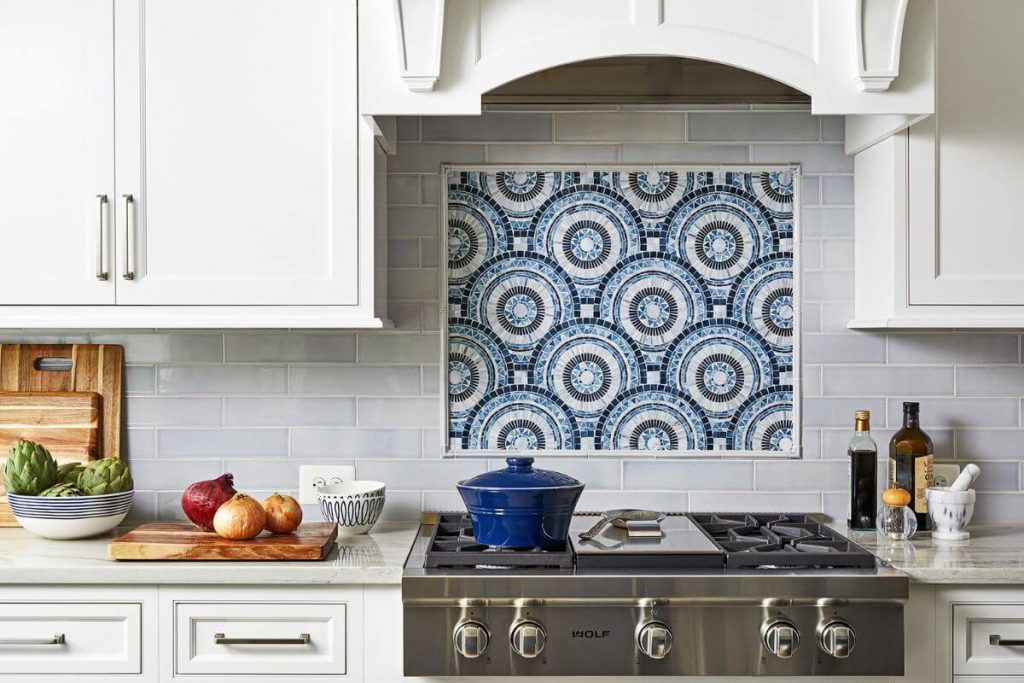
Keeping the design of your units plain and simple is also a great way to keep things not only easier to clean, but also in-budget. The more embellishments on your units, the more expensive they will become and also need a bit more time and effort to maintain. It may also be worth investing upfront in a couple of extra drawers and door fronts/handle so that if anything does get damaged, you have a replacement part ready to go and don’t need to buy a whole new kitchen again. In terms of countertops, laminates are both low cost and easy to maintain. They’re non-porous so they wipe clean easily without staining, and they come in a range of colours and styles to suit anyone’s tastes.
Exterior and windows
If you live in an area that is prone to harsh weather conditions, you shouldn’t neglect the exterior walls of your property when dealing with any kind of renovation. A great option to insulate your home without sacrificing style is to choose wood-effect cedral cladding on your external walls. It’s worth making sure you have planning permission for this, but it’s a fantastic low cost and low maintenance way to block up any holes and prevent any rot or pest infestation. It’s also extremely durable and resilient, and has a life expectancy of around 50-60 years, so is an excellent long-term investment to weather-proof your home.
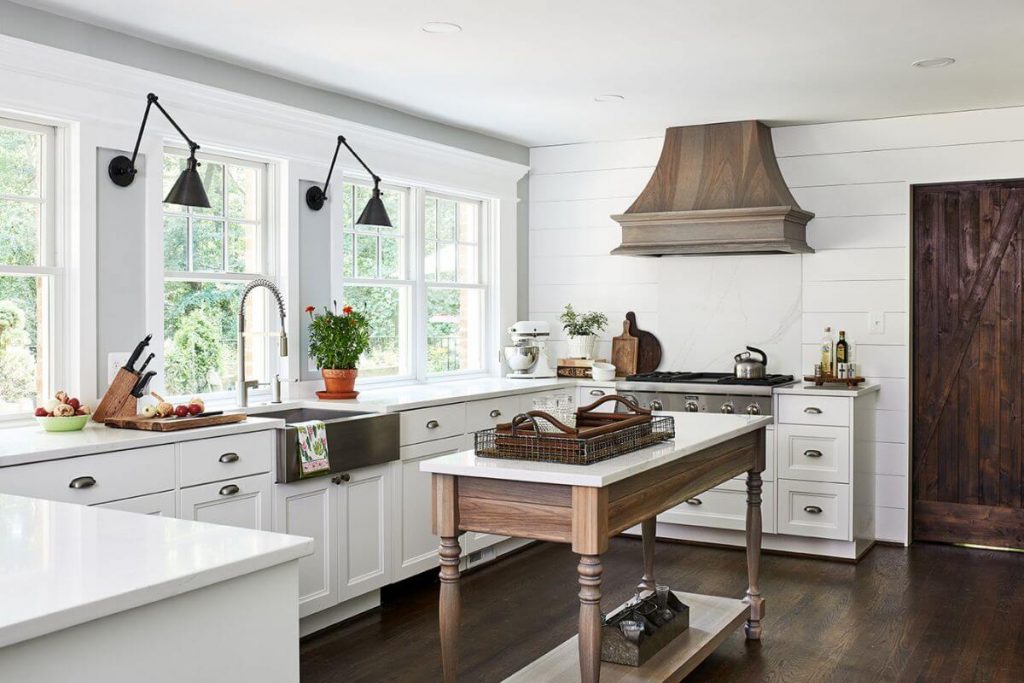
If you’re renovating an older home, it’s also worth checking the windows. Making sure these are at least double glazed, and that the frames are all in good order will help you to avoid leaks, damp, or condensation damage to your new kitchen. Get your external pipes and gutters under control as well and block up any leaks that might cause expensive damage later if left unchecked.
Floors and backsplashes
When choosing a new floor for your kitchen, again it’s worth considering the ease of cleaning and the potential for staining and damage. Whilst stone flooring may be stylish and durable, it’s also expensive and highly porous, so a better option could be to choose ceramic or porcelain tiles, vinyl or linoleum, or laminate flooring. All of these are budget-friendly and easy to clean and maintain.
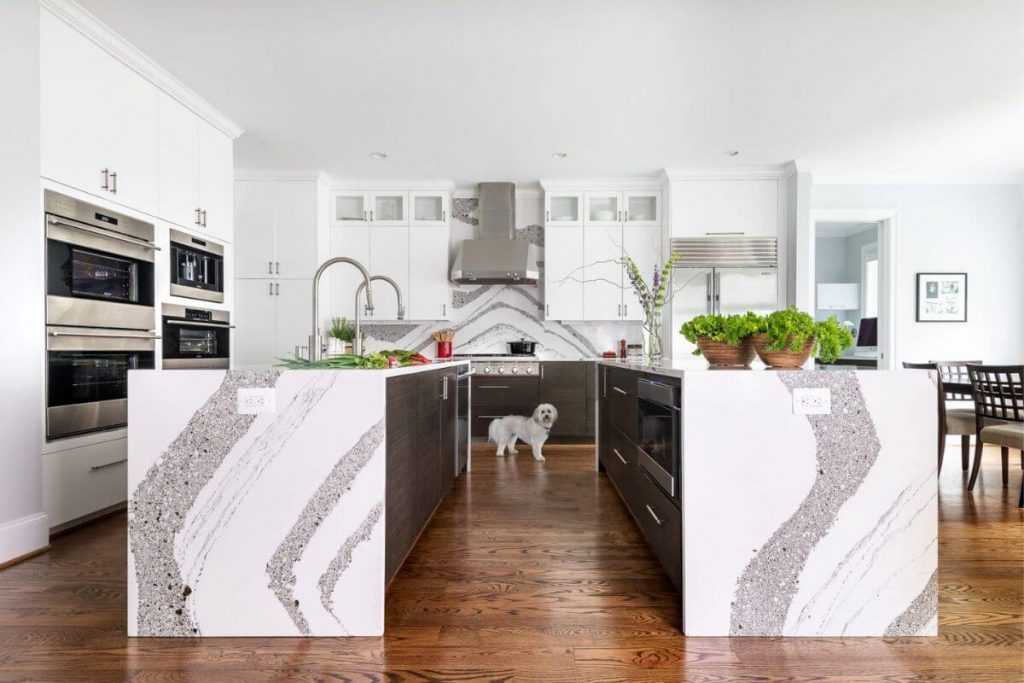
To really tie your design together, you might like to also create a splashback from the same ceramic or porcelain tiles that you use for your floor. If you’re into arts and crafts and some of your floor tiles get damaged in transit, you could even save money by looking up how to create your own mosaic style splashback from the broken pieces. Choose mottled patterns on your tiles and an off-white or grey grout or tile adhesive to easily hide any greasy marks and stains that might appear over time.
Appliances and plumbing
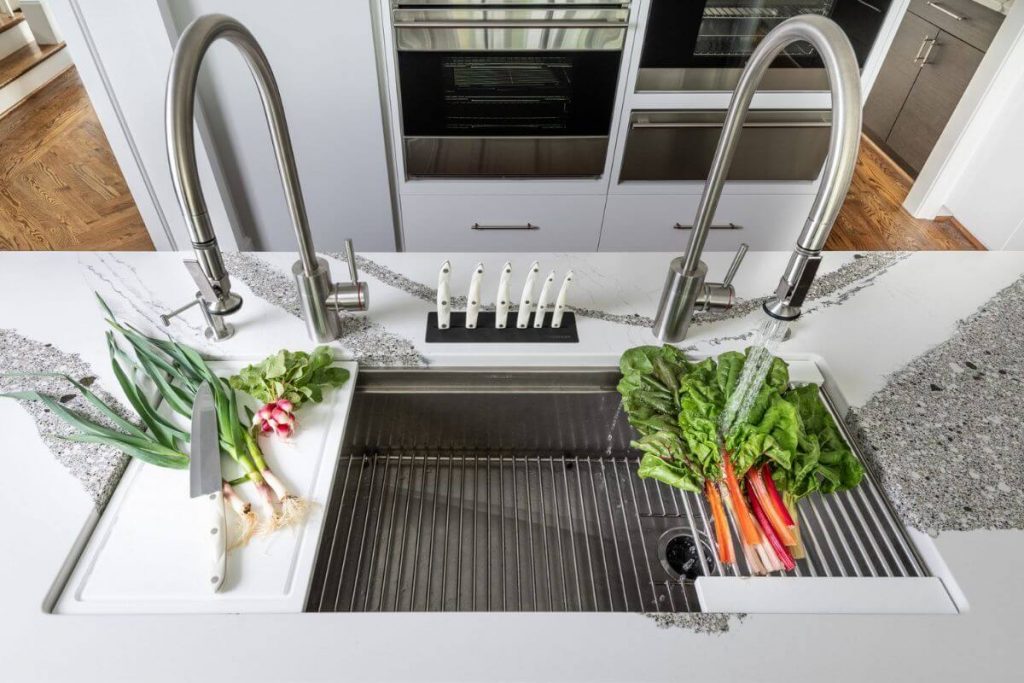
Another key aspect of remodelling your kitchen is to look at your appliances. A lot of older appliances can be hugely expensive to run, and are worth replacing with more modern and energy efficient items. Whilst the initial outlay on a new oven or fridge freezer might seem expensive, it’s a great investment to ensure your new kitchen runs more economically and you’ll see a reduction in your electricity bills for years to come.
Water usage is another element to consider, and also the state of your existing pipes. Suppose you’re using a dishwasher or a washing machine. In that case, newer models are often more efficient with the water supply and make it easier to wash at lower temperatures to help with saving energy. Regularly checking that your pipes are maintained and not clogged or worn will mean you’re able to make repairs as necessary rather than having to replace your whole system if anything freezes or floods. If you spend a lot of time boiling water for hot drinks or cooking, it may also be worth investing in a tap that does it for you to ensure you always have exactly the amount you need and you’re not expending excess energy by boiling more than is required.
Get the professionals in
However you decide to upgrade your kitchen, it’s worth getting the professionals in to advise and support. Not only is the fitting of electrics, gas, and plumbing subject to strict legislation, but the experts will also know the best ways to ensure your kitchen is meeting your day-to-day needs. They’ll be able to advise on the units and appliances that offer the best value for money, and the materials that will give you the broadest functionality as well. Fitting new kitchen units is a big job, and whilst it is possible to do it yourself, it can take a lot of time and effort which can be quite stressful. Bringing the professionals in to carry out the work will ensure everything is fitted to the highest standards, as well as offer a quick and efficient service, so that your kitchen is back up and running in no time.

